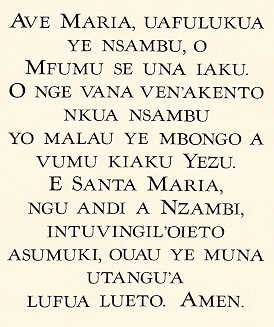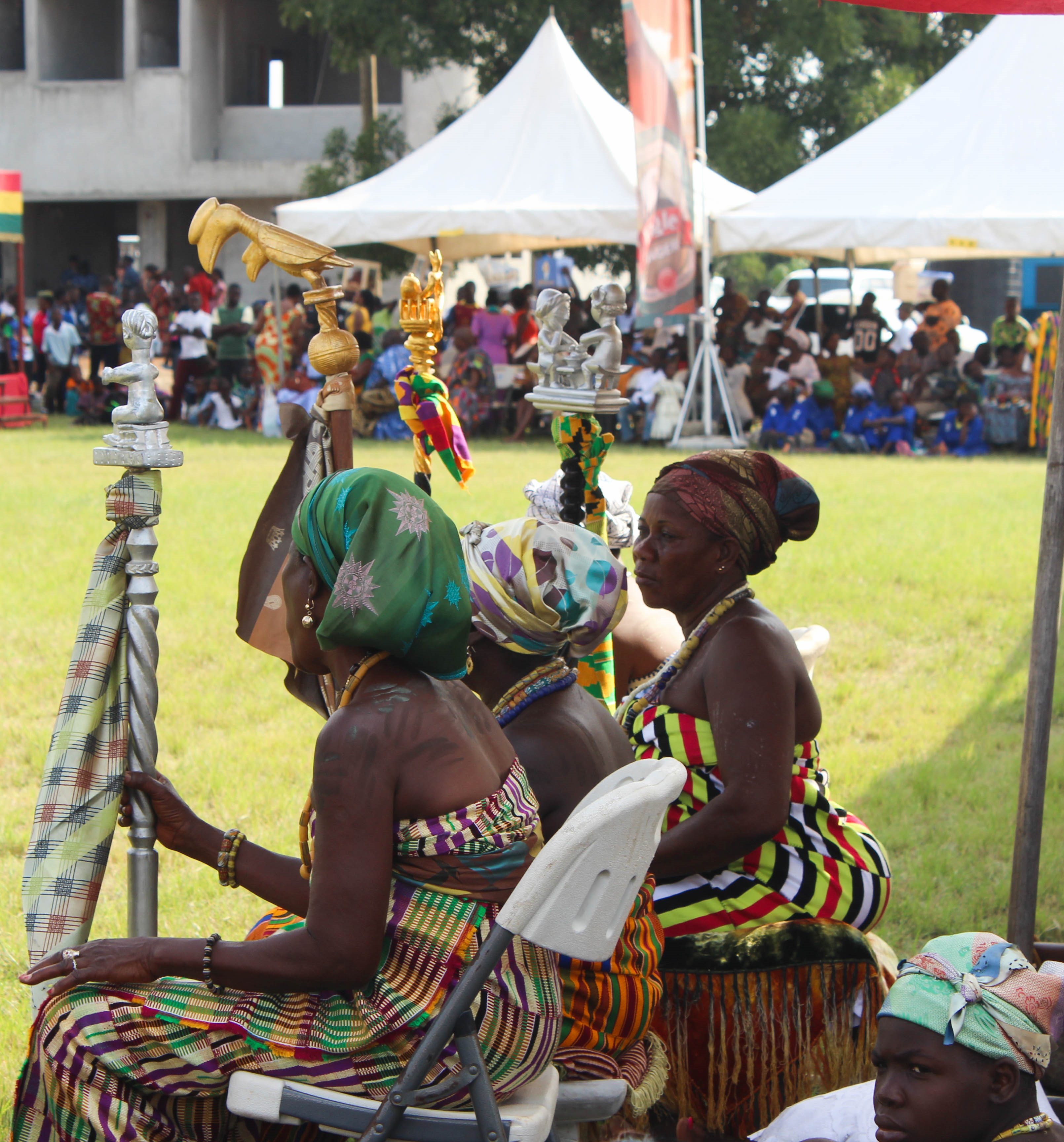|
Ne Mbanda-Mbanda
The Royal Council of the Kingdom of Kongo (Kongo: ''Ne Mbanda-Mbanda'' or ''Mbanda Mbanda'' meaning "the top of the top") was the governing body of officials and nobles of the Kingdom of Kongo from the 15th to 17th century. In theory, the king could not declare war, make or take appointments, and open or close roads without the consent of this council. Divisions of the Council The kingdom was governed in concert by the Mwene Kongo and the royal council known as the ne mbanda-mbanda. It was composed of twelve members divided into three groups. One group were bureaucrats, another who were electors and a last of matrons. Senior officials chose the Mwene Kongo or king who served for life following their choice. Electors varied over time, and there was probably never a completely fixed list; rather, senior officials who exercised power did so. Many kings tried to choose their successor, not always successfully. Bureaucratic Posts These four, non-electing posts, were composed of the Mw ... [...More Info...] [...Related Items...] OR: [Wikipedia] [Google] [Baidu] |
Kongo Language
Kongo or Kikongo is one of the Bantu languages spoken by the Kongo people living in the Democratic Republic of the Congo, the Republic of the Congo, Gabon and Angola. It is a tonal language. It was spoken by many of those who were taken from the region and sold as slaves in the Americas. For this reason, while Kongo still is spoken in the above-mentioned countries, creolized forms of the language are found in ritual speech of Afro-American religions, especially in Brazil, Cuba, Puerto Rico, the Dominican Republic and Haiti. It is also one of the sources of the Gullah language and the Palenquero creole in Colombia. The vast majority of present-day speakers live in Africa. There are roughly seven million native speakers of Kongo, with perhaps two million more who use it as a second language. Geographic distribution Kongo was the language of the Kingdom of Kongo prior to the creation of Angola by the Portuguese Crown in 1575 and the Berlin Conference (1884-1885) that balkanized the ... [...More Info...] [...Related Items...] OR: [Wikipedia] [Google] [Baidu] |
Kingdom Of Kongo
The Kingdom of Kongo ( kg, Kongo dya Ntotila or ''Wene wa Kongo;'' pt, Reino do Congo) was a kingdom located in central Africa in present-day northern Angola, the western portion of the Democratic Republic of the Congo, and the Republic of the Congo. At its greatest extent it reached from the Atlantic Ocean in the west to the Kwango River in the east, and from the Congo River in the north to the Kwanza River in the south. The kingdom consisted of several core provinces ruled by the ''Manikongo'', the Portuguese version of the Kongo title ''Mwene Kongo'', meaning "lord or ruler of the Kongo kingdom", but its sphere of influence extended to neighbouring kingdoms, such as Ngoyo, Kakongo, Loango, Ndongo and Matamba, the latter two located in what is Angola today. From c. 1390 to 1862 it was an independent state. From 1862 to 1914 it functioned intermittently as a vassal state of the Kingdom of Portugal. In 1914, following the Portuguese suppression of a Kongo revolt, Portugal abol ... [...More Info...] [...Related Items...] OR: [Wikipedia] [Google] [Baidu] |
Mwene Kongo
The Manikongo, or Mwene Kongo, was the title of the ruler of the Kingdom of Kongo, a kingdom that existed from the 14th to the 19th centuries and consisted of land in present-day Angola, Gabon, the Republic of the Congo and the Democratic Republic of the Congo. The manikongo's seat of power was Mbanza Kongo (also called ''São Salvador'' from 1570 to 1975), now the capital of Zaire Province in Angola. The manikongo appointed governors for the provinces of the Kingdom and received tribute from neighbouring subjects. The term "manikongo" is derived from Portuguese ''manicongo'', an alteration of the KiKongo term ''Mwene Kongo'' (literally "lord of Kongo"). The term ''wene'', from which ''mwene'' is derived, is also used to mean kingdom and is attested with this meaning in the Kongo catechism of 1624 with reference to the Kingdom of Heaven. The term ''mwene'' is created by adding the personal prefix ''mu-'' to this stem, to mean "person of the kingdom". ''Mwene'' is attested in ver ... [...More Info...] [...Related Items...] OR: [Wikipedia] [Google] [Baidu] |
Great Wife
Great Wife, otherwise appearing in West Africa as Senior Wife, is an honorific applied to contemporary royal and aristocratic consorts in states throughout modern Africa (e.g., Mantfombi Dlamini of eSwatini, who once served as the chief consort of a Zulu King). History In ancient Egypt, the pharaoh's principal consort was known as the great royal wife. She presided over her husband's harem, and served a variety of priestly functions in the kingdom. In Kush and the other African states of the pre-colonial period, the chief royal consorts often functioned in much the same fashion. Today The practice of creating great wives, with the most senior polygynous spouses of contemporary African royals and aristocrats often being referred to as their ''Great Wives'', has continued to the present. In addition to the queen of the Zulus, contemporary holders of the title have included the numerous bearers of the Olori Agba attribute of Yorubaland and the principal consort of the Ingwenyama ... [...More Info...] [...Related Items...] OR: [Wikipedia] [Google] [Baidu] |
Queen Mothers (Africa)
Queen mother (also Queenmother) is a term used to describe certain female traditional rulers in African cultures. Though there is no general description of a "queen mother", as their roles have varied by society, political context, and culture, they generally play an important role in local government and "wield social power and influence." They are thus an important part of social, political, and cultural institutions across the African continent: the Akan, for example, recognize them as important local political actors and often trace inheritance through them in a matrilineal fashion; whereas in Uganda, the term may be used to describe women who ruled outright. The amount of power queen mothers currently hold has been diminished since pre-colonial times, though the 21st century has seen their influence grow in certain contexts. Many are members of the African Queens and Women Cultural Leaders Network, a voluntary organization. History Queen mothers were once important polit ... [...More Info...] [...Related Items...] OR: [Wikipedia] [Google] [Baidu] |
Former Monarchies Of Africa
A former is an object, such as a template, gauge or cutting die, which is used to form something such as a boat's hull. Typically, a former gives shape to a structure that may have complex curvature. A former may become an integral part of the finished structure, as in an aircraft fuselage, or it may be removable, being using in the construction process and then discarded or re-used. Aircraft formers Formers are used in the construction of aircraft fuselage, of which a typical fuselage has a series from the nose to the empennage, typically perpendicular to the longitudinal axis of the aircraft. The primary purpose of formers is to establish the shape of the fuselage and reduce the column length of stringers to prevent instability. Formers are typically attached to longerons, which support the skin of the aircraft. The "former-and-longeron" technique (also called stations and stringers) was adopted from boat construction, and was typical of light aircraft built until the ad ... [...More Info...] [...Related Items...] OR: [Wikipedia] [Google] [Baidu] |




